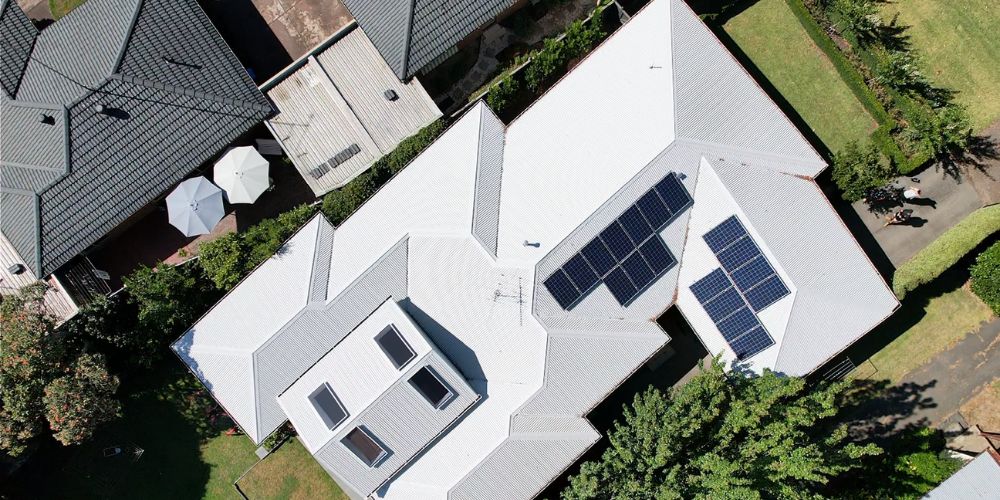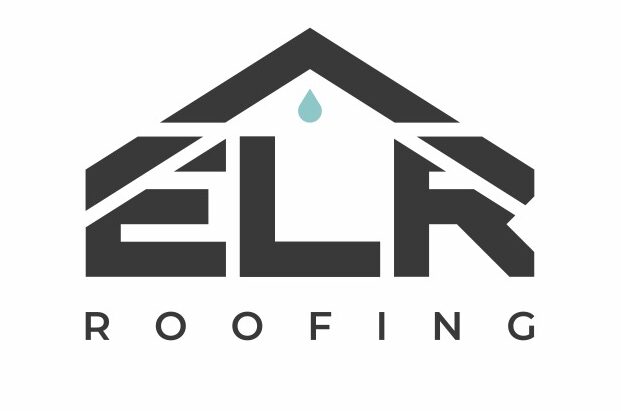As a business owner or property manager, you must ensure the safety and durability of your commercial structure. Choosing the right roofing system is an important component of building maintenance. Understanding the many types of commercial roofing may be difficult with so many alternatives available.
That is why we are here to help you! This blog will walk you through the many types of commercial roofing. Whether you’re looking for durability, energy efficiency, or a specific aesthetic, our knowledge can help you select the best roofing solution for your company.
So let’s dig in and explore the world of commercial roofing together!
What is Commercial Roofing?
Commercial and residential roofing systems differ in design, function, materials, and complexity. Commercial roofs are often flat or low-sloped, necessitating specialised materials and construction procedures to resist significant foot traffic and probable exposure to industrial elements. Residential roofs are often pitched or sloping, providing a wider choice of material alternatives and a protective barrier for dwellings. Commercial roofing projects are typically more complicated due to their size and unique needs, whereas residential ones are simpler.
Most Common Types of Commercial Roofing
Built-Up Roofing, or BUR, is a common commercial roofing material. It is made up of many layers of asphalt or bitumen that are alternated with reinforcing textiles or felts. The layers are then protected by gravel or a reflective coating. BUR roofs provide high resistance to water and UV damage.
Advantages:
BUR roofs offer superior defence against UV and water damage. They can resist high foot traffic and have a lengthy lifespan.
Disadvantages:
BUR roofs weigh a lot and need a strong construction foundation. The installation procedure might take a while, and the smell and fumes could be an issue. Leaks and cracks must be avoided by routine maintenance.

Take into account the building’s size, slope, and architectural design. Certain constructions are better suited for particular roofing systems. For instance, flat or low-slope roofs may need different materials and installation methods than pitched roofs.
Examine the local climate, considering temperature swings, wind directions, and precipitation amounts. Select a roofing material with a track record of durability and weather resistance in your area. Analyse the roofing system’s estimated lifespan and ongoing maintenance needs.
For commercial properties, energy efficiency is an important factor to consider. To cut heating and cooling expenditures, look for roofing materials with strong insulation qualities. Thermoplastic roofing and metal roofing with reflecting coatings are two roofing solutions that can offer considerable energy efficiency advantages.
Set a budget for the roofing project, considering costs for installation, upkeep, and necessary repairs. It’s crucial to strike a balance between your budget and the desired level of quality and durability for the roofing system. The price of various roofing materials varies. Think about the long-term financial effects, such as energy savings and future maintenance costs.
Verify that your chosen roofing system conforms with your area’s building requirements and rules. There could be particular regulations for energy efficiency, wind uplift ratings, or fire resistance in some places. Working with a qualified roofing contractor is crucial since they know local regulations and can guarantee compliance.
Analyse the upkeep demands and probable repair requirements of the roofing materials you are considering. Some may need more regular inspections, cleanings, or repairs than other roofing systems. Think about whether the chosen roofing system has access to qualified maintenance and repair personnel.
Frequently Asked Questions
